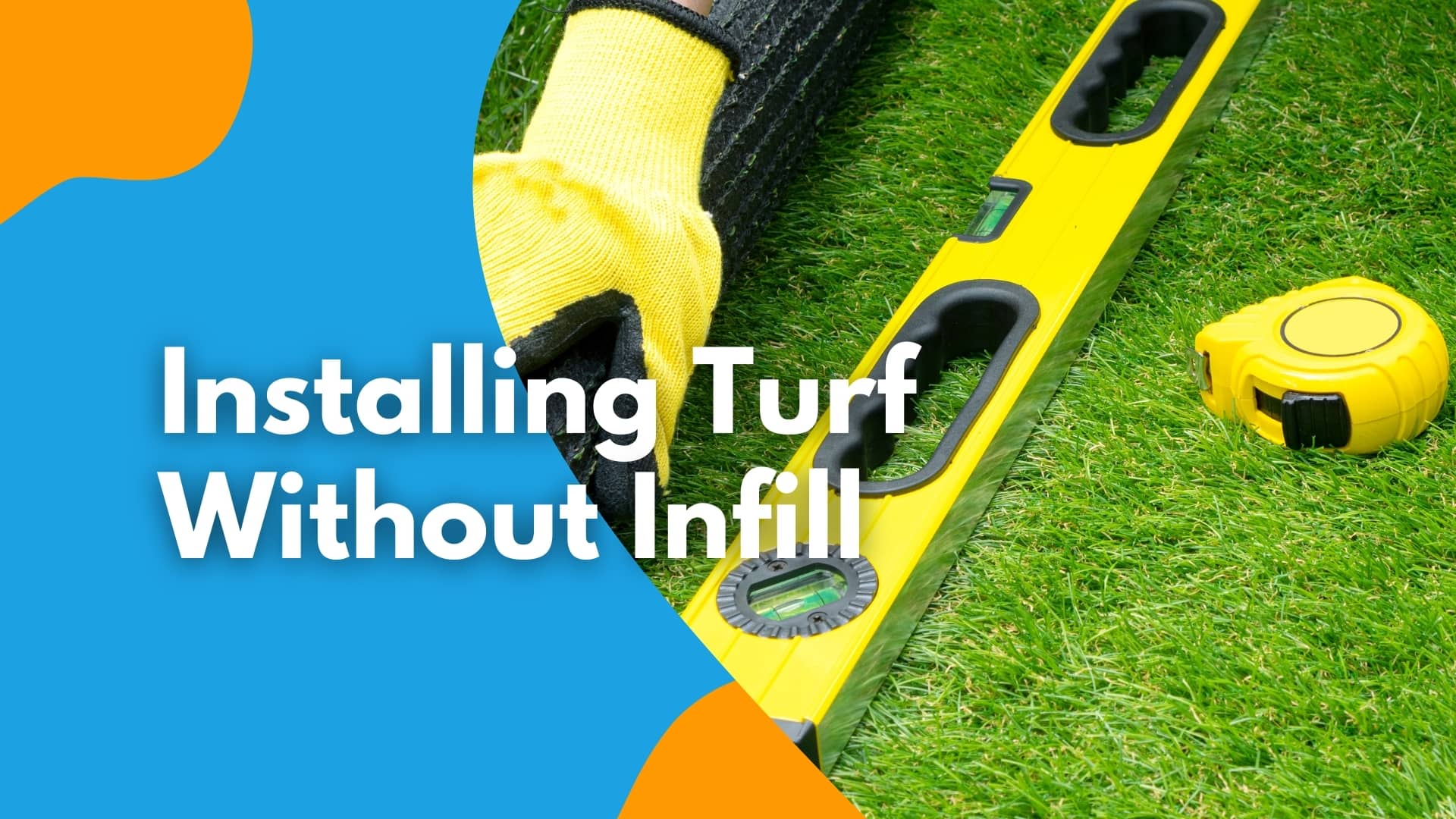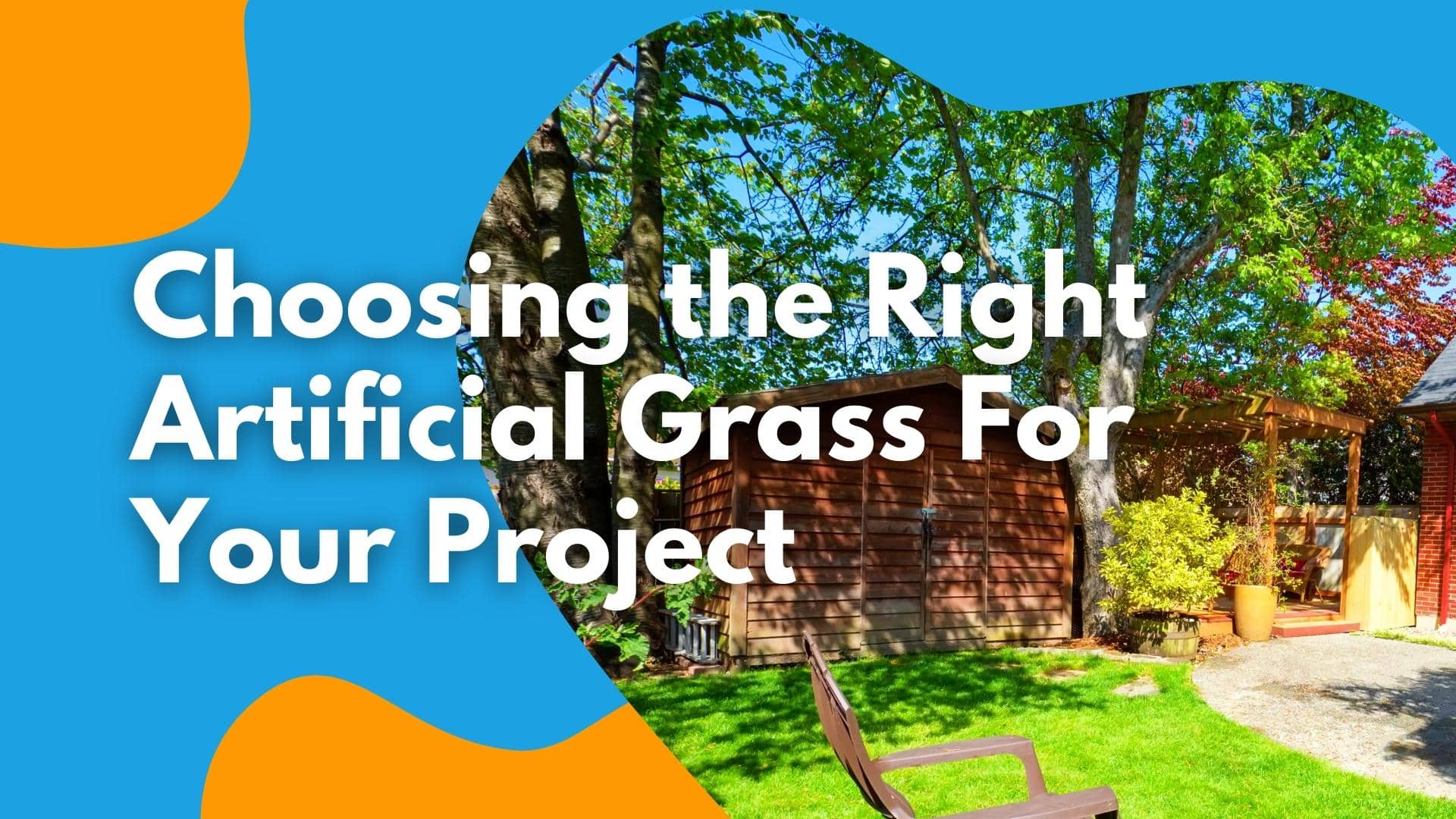
Learn the importance of sand infill in artificial grass installation projects. Hear the consequences of cutting corners and eliminating this step, and how it affects the...
After you shell out a chunk of money to install artificial grass in your space you don't want to have to worry about any costly repairs. Learn the importance of dimensional stability in synthetic grass materials.
Dimensional stability refers to the artificial turf's ability to maintain its shape and dimensions when affected by outside influences such as temperature or foot traffic. In a synthetic grass product, the stability of the primary and secondary backing materials keeps the grass surface from stretching, shrinking, or buckling over time.
Temperature fluctuation can cause expanding and contracting to occur to any material. A grass that doesn't provide adequate climatic dimensional stability will begin to buckle and this leads to wrinkles in the surface. In other cases, seams may even rupture not only ruining the installation but becoming a safety hazard. If you live in a location with high temperatures or a lot of sun exposure, choosing the wrong materials can be a huge financial burden.
An artificial turf's backing system is responsible for the surface's dimensional stability. It's the internal structure that supports each blade of grass. The backing is typically made of two separate layers. The first layer is a non-woven textile usually made from polypropylene, and this is where the grass materials are sewn in. The second, typically made of latex, acts as the glue to hold everything together. The second layer is also responsible for keeping the blades upright and withstanding foot traffic.
Unfortunately, there's not an official list of dos and don'ts when it comes to finding grass with good dimensional stability. The primary layer should be UV resistant, to provide protection from the sun's harmful rays. Some manufacturers are able to cut costs by using less latex in their secondary layer. This makes the product less durable and does not provide as much protection from the sun's harmful rays. It's an easy way for them to pocket more money because most consumers aren't aware because it looks similar to other products. The more latex, the less likely cracking, and separating are to occur. In a quality backing, there should be 900 grams of latex for every sq. meter of turf.
To learn more about choosing the best materials for your specific needs, check out our other article here!
There is a common misconception that color indicates the quality of the backing, this is not true. The best way to tell whether a backing is durable or not is to get a free sample of the product. Take a corner of the backing and try to separate it from the turf. You shouldn't be able to pull them apart. If this happens, avoid that product.
Applying a layer of infill along the top of the surface of your new installation will help assist in providing dimensional stability. Adding infill prevents the grass from becoming matted down over time with foot traffic. With this support, the blades are kept upright and stable. Also, a layer of infill protects the backing system from being damaged by UV rays and other wear and tear.
Especially in sunny California, it's best to trust professionals when it comes to choosing and installing artificial grass with dimensional stability that will last for years. Our experienced installers are waiting for your call!

Learn the importance of sand infill in artificial grass installation projects. Hear the consequences of cutting corners and eliminating this step, and how it affects the...

So you've decided to finally start pursuing artificial turf installation, but where do you start? Below we'll walk you through some dos and don'ts when shopping for the...